Commentary: This 1970s bestseller just might save burned out millennials
Published in Books News
It seems like yesterday that everyone was complaining about millennials: their alleged laziness, self-absorption and general snowflakery. Time flies, though, and now the first wave of this much-maligned generation — those born between 1981 and 1996 — has hit middle age.
If recent coverage is any indication, millennials — famous for their individualism — are going to do the classic midlife crisis their own way. The cohort is deliberately eschewing the stereotypes of the boomer generation: the flashy sports car, the new, younger wife and hair implants.
Instead, they are focused more on having experiences and achieving financial security. The shift seems inevitable. Often referred to as the “unluckiest generation,” millennials have had to adapt to rising costs of living and an unpredictable job market during their most formative career years. They are also hitting traditional life events — such as homeownership, marriage and parenthood — later than earlier generations, if at all.
While many have embraced a new vision of middle age, others may feel disheartened. The latter group might find some comfort in looking back at how the midlife crisis became a milestone of aging in the first place. The history is far more interesting than what the aforementioned male-dominated clichés would suggest. In fact, it was feminist writer Gail Sheehy who popularized the idea of a midlife crisis in the first place. Her 1976 book on the topic, "Passages: Predictable Crises of Adult Life," became an influential bestseller before the first millennial came into this world but remains relevant.
Sheehy, an acclaimed journalist working for New York magazine, was in her mid-30s when she went to report on the “Troubles” in Northern Ireland. After narrowly escaping death on Bloody Sunday, her former life no longer made sense. She made that clear in "Passages": “Some intruder shook me by the psyche and shouted: Take stock! Half your life has been spent,” she wrote. “To be confronted for the first time with the arithmetic life was, quite simply, terrifying.”
Sheehy synthesized the work of many psychologists, including Elliot Jacques, whose study — “Death and the Midlife Crisis” — first advanced the idea a decade earlier. But the phrase remained relatively rare until Sheehy published her book.
Her ability to package sometimes disparate psychological theories into a coherent narrative defined by the metaphor of passages from one stage to the next was key. This approach, which could have been overly abstract, was fleshed out through accounts taken from over a hundred individual case studies. In the process, the “midlife crisis,” an obscure psychoanalytical concept, became part of our shared understanding of what happens when we hit middle age.
"Passages" did more than dignify the midlife crisis; it situated this reckoning within a series of crises that attended each decade of adult life. Sheehy, who had a fondness for alliteration, gave each of these phases a clever name: the “Trying Twenties” (a subtle allusion to a very different developmental phase, the Terrible Twos); the “Deadline Decade,” which spanned the ages of 35-45; and the “Forlorn Forties,” where the midlife crisis lurked.
Millennials, many of them emerging from their own version of the Trying Twenties, may find the book a useful guide to what they’ve experienced so far in life — and what to expect next — all without the kind of sermonizing or moralizing that their generation seems doomed to elicit.
That’s because Sheehy’s book advanced the then-heretical idea that crises that people endure as they grow older don’t reflect individual or generational shortcomings; they’re entirely normal. As Anatole Broyard put it in his New York Times review of "Passages": “She sees some of the various conflicts or crises of adult life not as expressing an inevitable pathology or dysfunction but as the same sort of developmental stages that we take for granted in children.”
At the same time, Sheehy did not create a one-size-fits-all guide to life’s changes. She put the female midlife crisis front and center in her writings, contending that women, as much as men, grappled with this difficult passage, even if it took different forms. But both men and women generally ended up in the same psychological place: what she called the “Refreshed (or Resigned) 50s.”
Not everyone loved the book when it was published, particularly academics, who typically turned up their noses at what they viewed as “pop psychology” — the simplified versions of ideas and concepts packaged for the general public. One reviewer, writing for the American Psychological Association, reported that while Sheehy “remains true to the basic ideas of the literature she popularizes, she neither exercises critical judgment nor offers new syntheses or insights.”
No matter. "Passages" became a bestseller within a month of its publication; two months later, it was the top-selling book in the U.S. It would remain on bestseller lists for two years, ultimately selling over 10 million copies. A decade later, when the Library of Congress put together a list of the 10 most influential books of all time, "Passages" made the cut, along with the Bible.
Today, the book has largely been forgotten. No doubt younger generations may find its unspoken focus on White, middle-class men and women troubling, along with its fairly rigid definition of gender. Still, before the millennials navigate the shoals of middle age, they might consider dusting off a copy and reading it and heeding Sheehy’s counsel that it will, in the end, be okay.
____
This column reflects the personal views of the author and does not necessarily reflect the opinion of the editorial board or Bloomberg LP and its owners.
Stephen Mihm, a professor of history at the University of Georgia, is coauthor of “Crisis Economics: A Crash Course in the Future of Finance.”
©2025 Bloomberg L.P. Visit bloomberg.com/opinion. Distributed by Tribune Content Agency, LLC.
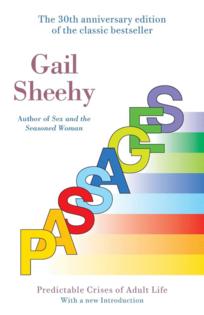
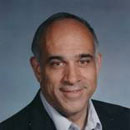
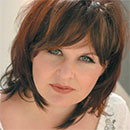
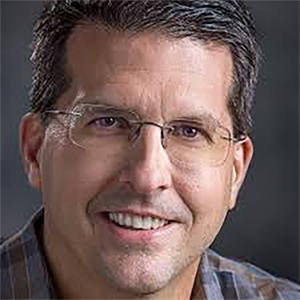
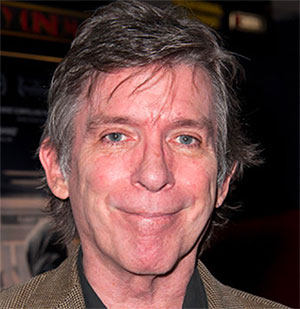
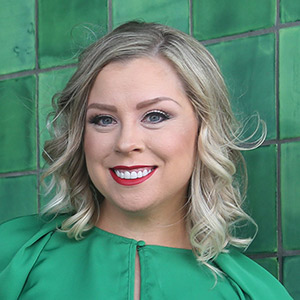
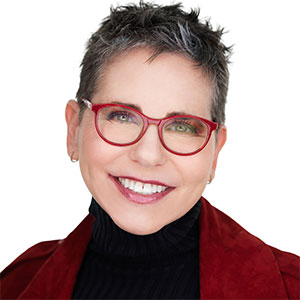



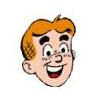

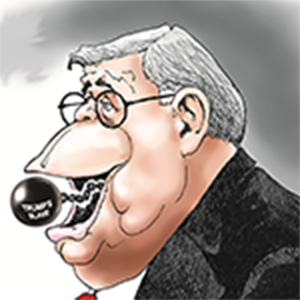
Comments